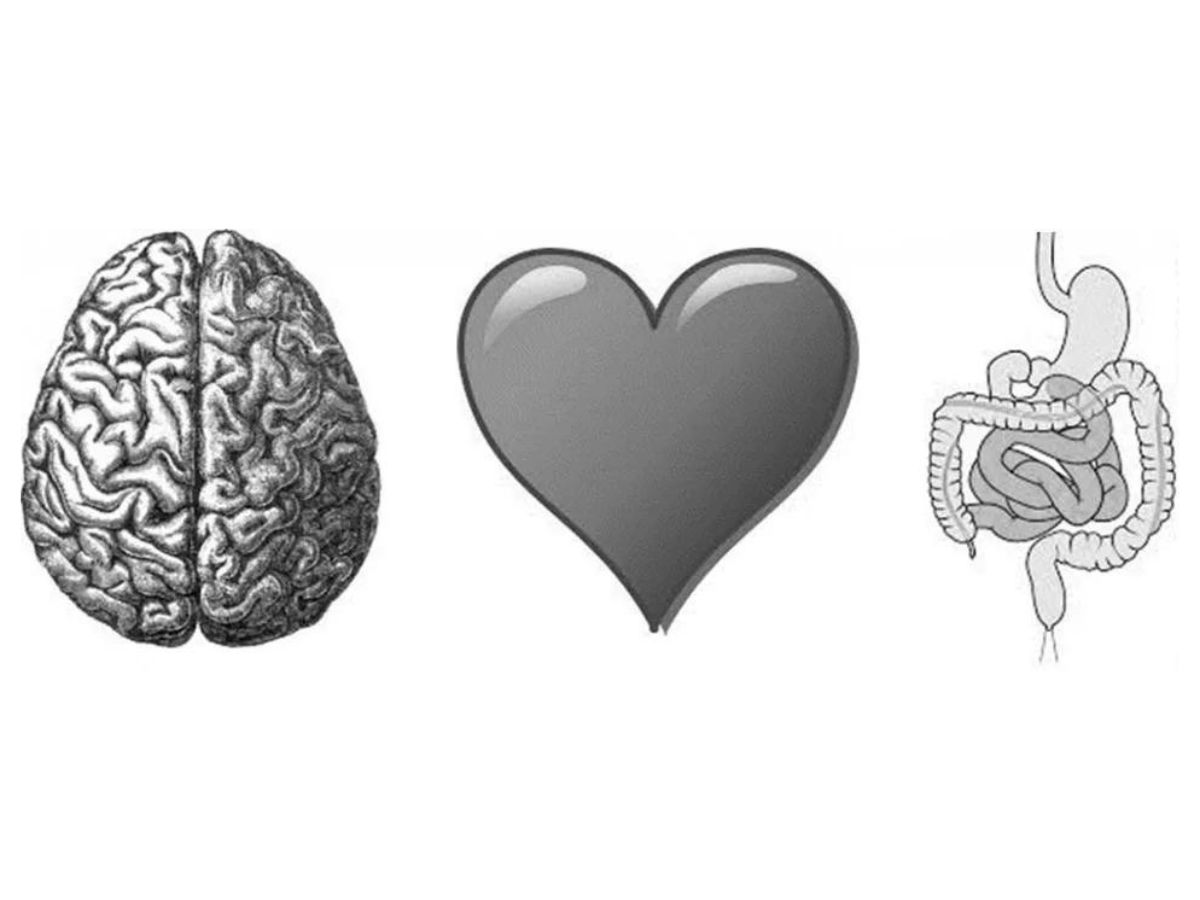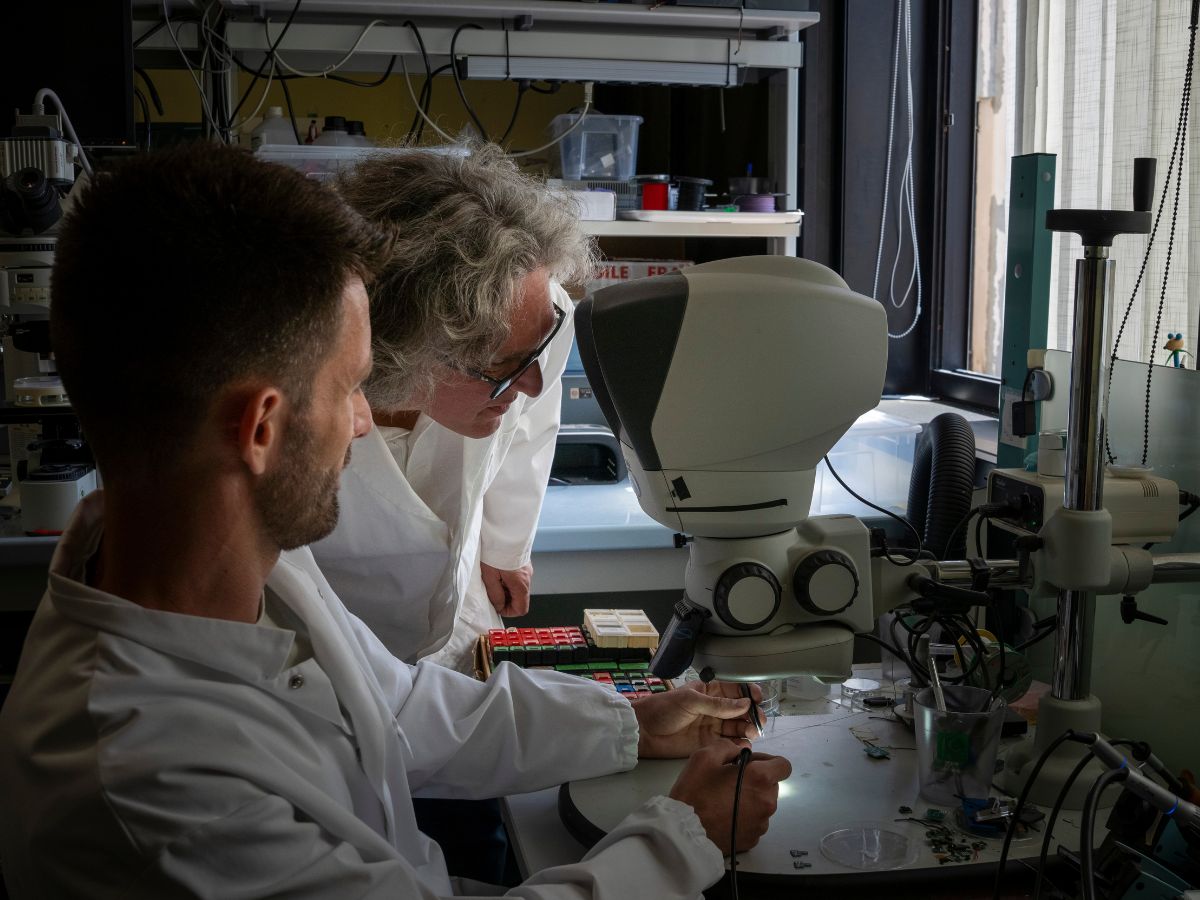A study conducted by Italian researchers at Sapienza, the Istituto Italiano di Tecnologia (IIT- Italian Institute of Technology) and Santa Lucia Foundation in Rome, examined the reciprocal influences between gastrointestinal activity and a range of emotions generated while watching some videos
The fact that strong emotions can make our heart beat faster is well known, but how emotions can affect other organs, or what effect particular physiological conditions have on human emotions, had not yet been demonstrated—until now
The new study focused on the gastrointestinal system, particularly the stomach. Using ingestible pills equipped with sensors, researchers found that stomach pH values are strongly linked to the perception of different types of emotions, paving the way for future research on the subject
Each of the 31 participants, all men aged between 20 and 30 (to reduce the variability of the sample), was asked to ingest a millimeter-sized capsule fitted with sensors capable of measuring pH, temperature, and pressure inside the digestive organs. This technology, developed for gastrointestinal medicine, is an absolute novelty in psychological studies and promises to be valuable for future research in this field. At the same time, the participants were monitored externally by measuring their heartbeats, the electrical (and therefore nervous) activity of their stomachs and observing the spontaneous blinking of their eyes. Next, they were shown five types of videos designed to trigger different emotions: fear, disgust, happiness, sadness, and a neutral state. A questionnaire completed by the volunteers indicated that the effects produced are not only concentrated in the heart or lungs but also involve the stomach directly, especially in cases of disgust and fear.
Using the pill sensors, it was possible to capture pH data in real time. What the researchers noticed was participants with a lower pH (and therefore a more acidic stomach) reported higher disgust and fear, while those with a higher pH, happiness. This happened especially when watching disgusting videos. However, it was also observed that the volunteers’ stomachs were generally more acidic when watching disgusting films than when watching frightening, happy and neutral films and less acidic when watching happy films.
Regarding the externally detectable electrical signals of the stomach, no correlation was found with the emotion experienced, apart from an increase in the speed of the gastric cycle when participants watched happy videos.
The temperature and pressure measured by the pills did not provide any particular indication either but helped clarify the position of the device within the digestive tract.
On the other hand, the analysis of the heartbeat showed a great influence of the cardiac sensations produced by the videos and the same applies to blinking, which decreases for both positive and negative scenarios compared to neutral ones, except the sad videos. This reveals the link of the act of blinking with attention, the need to remain alert and the acquisition of information.
By revealing the complex network of relationships between gastric functions and emotions, this research paves the way for future investigations and insights into patients suffering from gastrointestinal diseases characterized by altered gastric physiology or depressive and autistic spectrum disorders characterized by atypical emotional experience. The innovative technology used, which employs sensors inserted into ingestible pills, can also be applied in new research into the relationship between internal organs and various states of mind.





